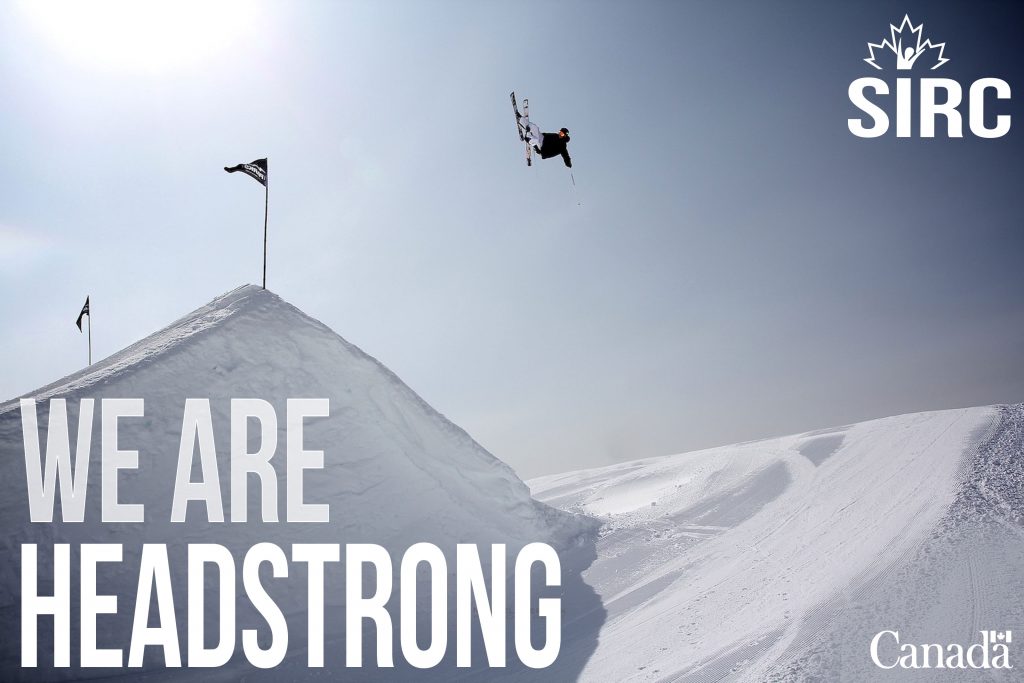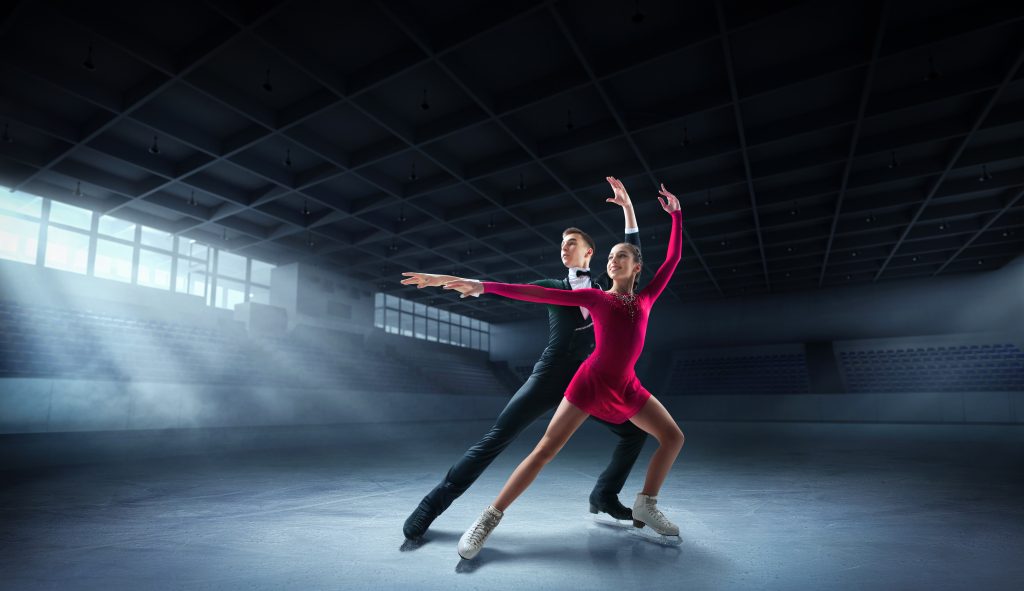Concussion Newsletter – November 2019
By championing a mix of “hard goods and soft goods solutions,” Freestyle Canada has prioritized the creation of an environment in which athletes can test their limits without sacrificing safety or risking traumatic brain injuries. Learn more in the SIRC November Concussion Newsletter.
Concussion Recovery and Nutrition
Despite increased awareness about concussion management, the role of nutrition is often overlooked as support for recovery. Learn about the importance of hydration, omega 3 fatty acids, creatine, polyphenols and vitamins to concussion recovery in the SIRCuit.
Concussion Prevention Through Innovation

It’s a potent mix: dangerous flips and twists performed by young, boundary-pushing athletes who revel in the sport’s free-spirited culture. More than most sports, concussions are a day-to-day, moment-to-moment risk for the freestyle skiing community. The five demanding disciplines – Aerials, Moguls, Halfpipe, Slopestyle and Big Air – put athletes in dangerous situations, hurtling down…
Champion Article – Freestyle Canada
The five disciplines of Freestyle Skiing – Aerials, Moguls, Halfpipe, Slopestyle and Big Air – excite spectators with their gravity-defying skills, but put athletes in situations with high-risk for concussion. In this environment, education and awareness around concussion prevention and management is critical. Learn more about how Freestyle Skiing Canada empowered their athletes through “a…
Canoe Kayak Concussion Policy Alignment
Alignment among grassroots clubs across Canada can be challenging. Canoe Kayak Canada, with the help of SIRC’s harmonized #HeadstrongCanada concussion resources and templates, is aligning to protect their athletes from concussions. Having access to consistent policies is helping to protect athletes at the club, provincial and national level. Learn about policy alignment around concussion risks…
SIRCuit Fall 2019
The Fall SIRCuit is now available! Check out our newest collection of articles, providing timely and relevant research and insights relating to leadership, athlete development, and high performance sport: Increasing Distinction in Para Sport Event Management MATCH: Spotlight on a Canadian Study on Sport Participation Is There a Role for Weight Training in the Physical…
The Role of Nutrition in Sport Concussion Recovery

Sport concussions have been a hot topic over the past few years, with the launch of the Canadian Guideline on Concussion in Sport in 2017 and SIRC’s associated We are Headstrong campaign, and the passing of Rowan’s Law (Concussion Safety) on March 7, 2018 in Ontario. Despite increased awareness, recognition and treatment pursuits, the role of nutrition…
Concussion Newsletter – October 2019
Putting athlete safety first, Skate Canada has introduced a new rule that allows referees to stop competition if they suspect an athlete has sustained a head injury, without any score deductions. A three minute pause allows athletes to be assessed by a qualified individual, reducing the risk of continuing competition with an injury. Learn more…
Sport Manitoba Works with Sport Community on Concussion Awareness & Education in Manitoba
Sport Manitoba – Oct. 21, 2019 – WINNIPEG, MB – Last month, more than 50 people attended a free seminar at Sport Manitoba called We are Headstrong – an Evening for Concussion Awareness put on by the Sport Medicine and Science Council of Manitoba (SMSCM) that consisted of an educational presentation and panel discussion about the seriousness…
Changing the Sport Culture by Changing the Rules

High-level athletes compete to win. Sometimes, however, they make rash decisions in the heat of the moment that can have serious, long-term consequences. Take figure skating, for example. There have been instances in the past where athletes and coaches were suspected of downplaying concerns about head injury because interrupting a skater’s program would have resulted…